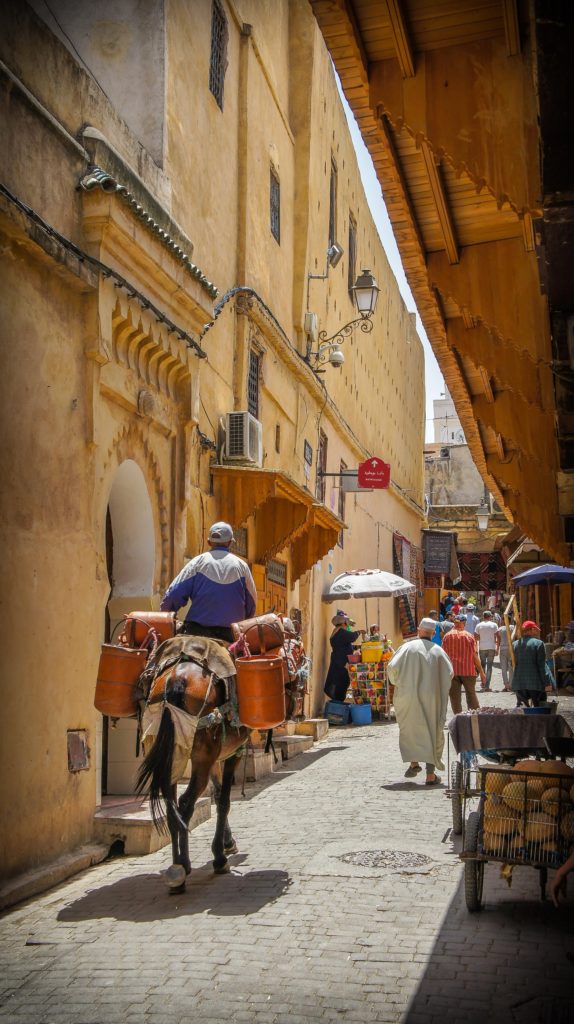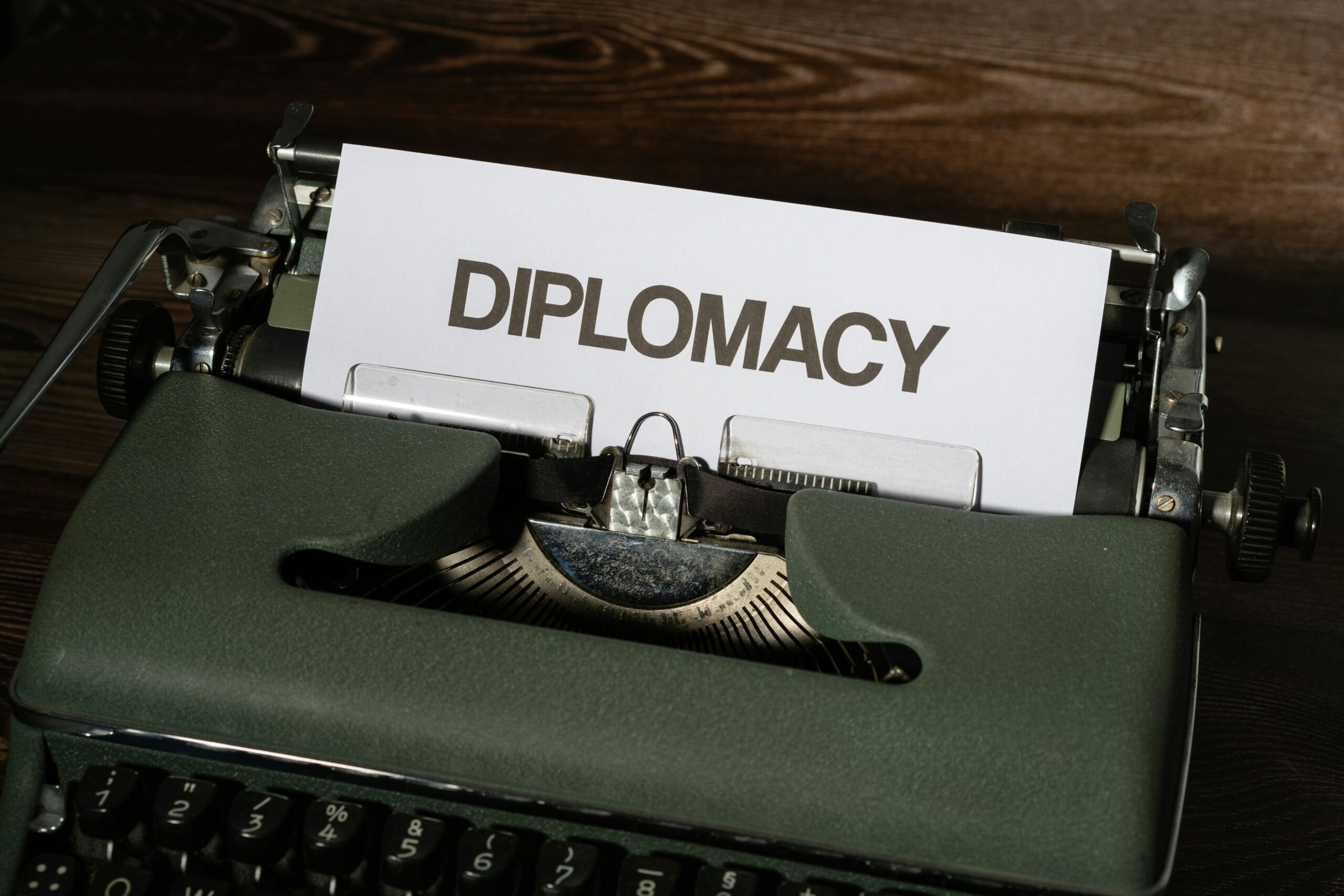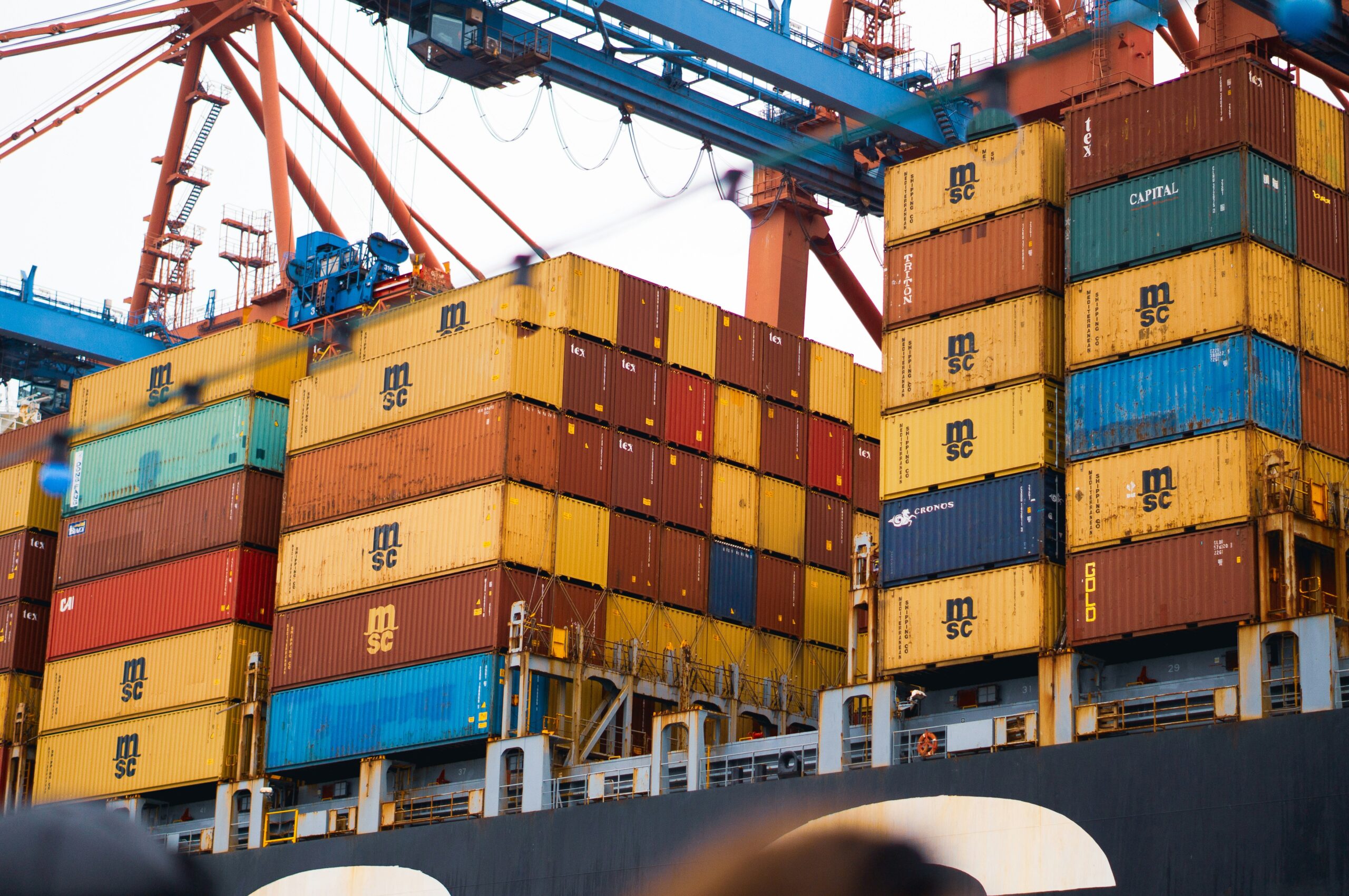Georgia, Ukraine, Azerbaijan, and Moldova make up the GUAM Organization for Democracy and Economic Development, a grouping of four post-Soviet nations. It was first imagined in 1997. Its members’ commercial, diplomatic, and democratic interactions are meant to be unified and integrated. Since it was ratified in 2001, the GUAM treaty charter has come to include more than 57 million people. GUAM included Uzbekistan as a member from 1999 to 2005. GUAM was admitted as an observer to the UN General Assembly in 2003. Additionally, GUAM performed joint military drills and launched a military peacekeeping team in 2007. GUAM now plays a significant role in the diplomatic and economic affairs of the region because of this progressively expanded integration and linkages. Russian was GUAM’s official negotiation language until 2014 when English took its place. For the first time, free-trade agreements were established in 2017.

Purpose
Following the Charter, the main objectives of the organization are the development of socioeconomic, transport, energy, scientific, technical, and humanitarian potential as well as the strengthening of democratic values, ensuring the supremacy of law and respect for human rights, ensuring sustainable development, enhancing international and regional security and stability, deepening European integration for the creation of a common security space, and expanding economic and humanitarian cooperation.
Origins and background
The “GUAM consultative forum,” which was created on 10 October 1997 in Strasbourg and named after the initial letters of each of those nations, catalyzed cooperation between Georgia, Ukraine, Azerbaijan, and Moldova. The organization changed its name to GUUAM in 1999 because Uzbekistan joined the group. The GUAM charter was signed in conjunction with a summit that took place in Yalta on June 6 and 7, 2001, formalizing the group. According to Viktor Yushchenko, the former president of Ukraine, the charter outlined goals for collaboration that included advancing democratic ideals, maintaining steady growth, boosting global and local security, and advancing European integration. Uzbekistan declared its intention to leave the group in 2002, and as a result, it began to ignore summits and meetings of the GUUAM. Shortly after the Andijan massacre in May 2005, Uzbekistan eventually notified the Moldovan presidency of its resignation from the organization, reverting its name to GUAM. The group’s name was officially changed back to GUAM in May 2005, soon after the Andijan massacre, when Uzbekistan finally informed the Moldovan presidency that it was leaving the organization.
Intensifying interactions and integration
Given the expansion of its power in the region and the establishment of the Commonwealth of Independent States (CIS), which is governed by Russia, the organization was viewed in Russia as a means of containing Russian influence in the region and as an element of a plan supported by the United States. However, GUAM leaders consistently and formally refute these allegations and affirm their steadfast desire to forge close, cordial ties with Russia. Azerbaijan, the alliance’s largest energy producer, has also avoided recent conflicts with Russia. Three GUAM nations backed Ukraine’s initiative in April 2006 to declare the Holodomor, a 1930s famine in Ukraine that resulted in millions of deaths, a genocide. By changing the organization’s name to the GUAM Organization for Democracy and Economic Development and locating its headquarters in the Ukrainian capital, Ukraine and Azerbaijan announced plans in May 2006 to further strengthen the member relations between the two countries. The other participants praised this as a noteworthy action and advancement. The GUAM bylaws, a proclamation, and a communique were also scheduled to be adopted by the summit attendees. The Ukrainian Defense Ministry also revealed plans to set up GUAM peacekeeping soldiers in May 2006. The GUAM nations decided to create a 500-person combined peacekeeping mission the next year to combat separatism.
Institutional Growth
The institutional evolution of the GUAM has gone through numerous stages:
Advisory Forum
It was established on October 10, 1997, in Strasbourg, during the Second Council of Europe Summit.
Association
After the GUUAM Yalta Charter was signed at the Summit of Heads of State on June 7, 2001, it was established.
Group for Economic and Democratic Development
It was created on May 23, 2006, during the Kyiv Summit, where the Organization’s Charter was signed by the Heads of State.
Structure
The Council and the Secretariat are parts of the Organization’s structure. The Organization’s main body is the Council. It works with foreign ministers, national coordinators, permanent representatives, and heads of state (Summit). The Organization’s Secretariat, which is run by the Secretary-General, was founded in Kyiv in compliance with the resolutions made at the Kyiv Summit. The Secretariat’s duties were handled by the GUAM Information Office in Kyiv before its creation. Working Groups are responsible for sectoral-level coordination of collaboration. Working and subsidiary bodies of the organization are chosen by the Council of Ministers of Foreign Affairs and may be permanent or temporary. The GUAM Commercial Council functions within the Organization to promote business collaboration. The three committees of the Parliamentary Assembly of the GUAM—political, trade and economic, and science, culture, and education—were founded in 2004. At the level of international organizations, especially the UN and the OSCE, GUAM Member States collaborate. In 2003, GUAM received observer status at the UN General Assembly.



